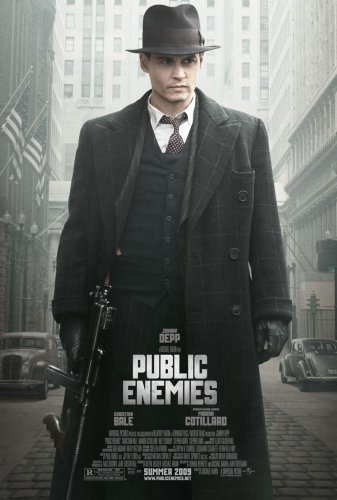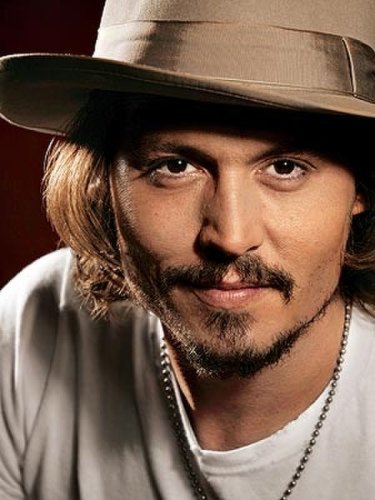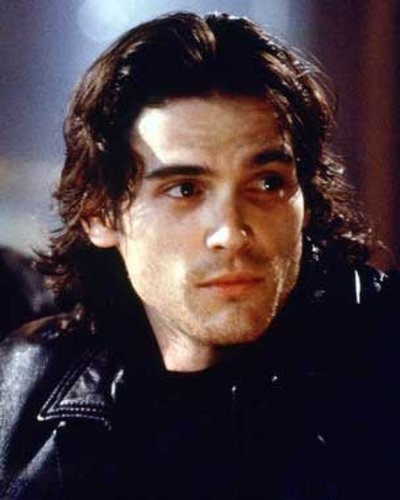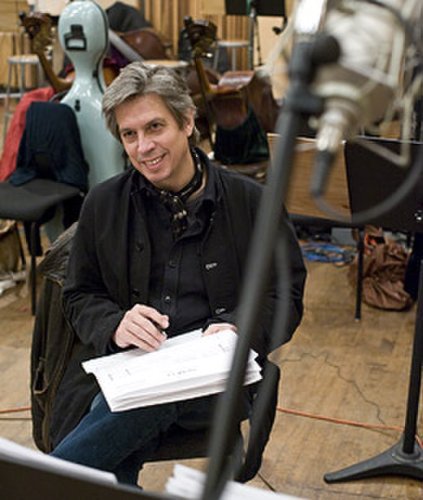| Fecha | Área | Bruto |
|---|---|---|
| 28 July 2012 | USA | USD 97,104,620 |
| 28 August 2009 | USA | USD 97,030,725 |
| 16 August 2009 | USA | USD 96,344,690 |
| 9 August 2009 | USA | USD 95,491,810 |
| 2 August 2009 | USA | USD 93,199,665 |
| 26 July 2009 | USA | USD 88,278,880 |
| 19 July 2009 | USA | USD 79,639,205 |
| 12 July 2009 | USA | USD 66,221,110 |
| 5 July 2009 | USA | USD 40,141,080 |
| 3 August 2009 | UK | GBP 6,686,950 |
| 26 July 2009 | UK | GBP 6,353,498 |
| 19 July 2009 | UK | GBP 5,728,410 |
| 12 July 2009 | UK | GBP 4,609,567 |
| 5 July 2009 | UK | GBP 2,228,291 |
| 28 July 2012 | Worldwide | USD 214,104,620 |
| 23 August 2009 | Philippines | PHP 12,681,997 |
| 9 August 2009 | Philippines | PHP 11,020,218 |
| 2 August 2009 | Philippines | PHP 9,659,801 |
| 26 July 2009 | Philippines | PHP 6,000,776 |
| Fecha | Área | Bruto | Pantalla |
|---|---|---|---|
| 5 July 2009 | USA | USD 25,271,675 | 3,334 |
| 10 July 2009 | UK | GBP 1,048,359 | 455 |
| 5 July 2009 | UK | GBP 2,228,291 | 458 |
| 12 July 2009 | Estonia | USD 16,203 | 4 |
| 26 July 2009 | Philippines | PHP 6,000,776 | 16 |
| Fecha | Área | Bruto | Pantalla |
|---|---|---|---|
| 30 August 2009 | USA | USD 164,930 | 264 |
| 16 August 2009 | USA | USD 359,675 | 367 |
| 9 August 2009 | USA | USD 987,665 | 906 |
| 2 August 2009 | USA | USD 2,527,310 | 1,620 |
| 26 July 2009 | USA | USD 4,352,650 | 2,291 |
| 19 July 2009 | USA | USD 7,748,235 | 3,118 |
| 12 July 2009 | USA | USD 13,794,240 | 3,336 |
| 5 July 2009 | USA | USD 25,271,675 | 3,334 |
| 3 August 2009 | UK | GBP 108,541 | 132 |
| 2 August 2009 | UK | GBP 108,541 | 132 |
| 26 July 2009 | UK | GBP 277,353 | 277 |
| 19 July 2009 | UK | GBP 470,651 | 360 |
| 12 July 2009 | UK | GBP 1,048,359 | 455 |
| 5 July 2009 | UK | GBP 2,228,291 | 458 |
| 23 August 2009 | Philippines | PHP 471,687 | 13 |
| 9 August 2009 | Philippines | PHP 779,780 | 13 |
| 2 August 2009 | Philippines | PHP 2,455,974 | 16 |
| 26 July 2009 | Philippines | PHP 6,000,776 | 16 |






.jpg)



.jpg)



















_Keen.jpg)
